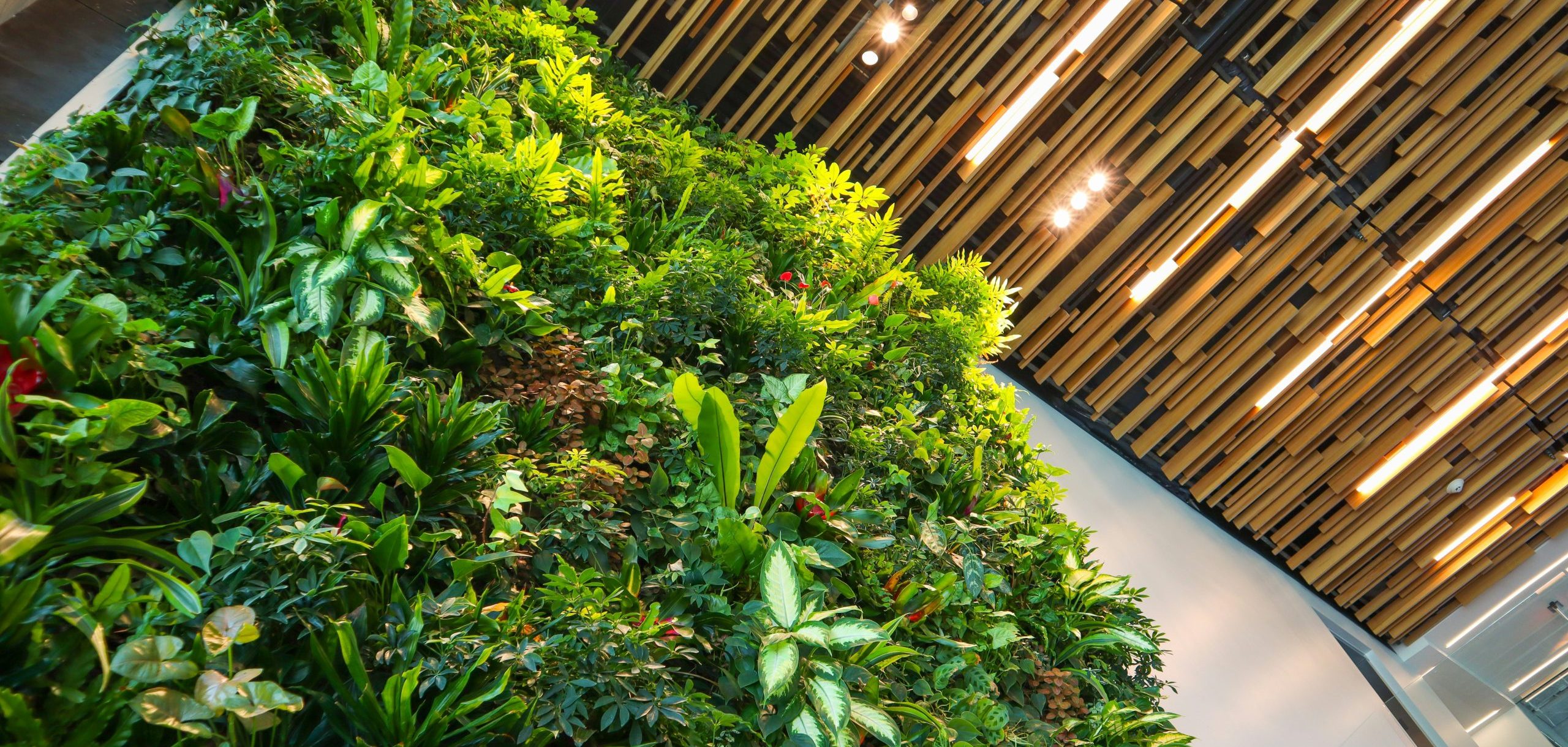In a world increasingly concerned with environmental conservation, the concept of sustainable living has emerged as a guiding principle for individuals seeking to minimize their ecological footprint. Sustainable living involves making conscious choices that prioritize the health of the planet and future generations, without sacrificing quality of life. While the prospect of transitioning to a more sustainable lifestyle may seem daunting, even small changes in daily habits can lead to significant positive impacts. In this article, we’ll explore practical strategies for cultivating sustainable habits and reducing environmental impact.
Understanding Sustainable Living
At its core, sustainable living is about finding harmony between human needs and the health of the planet. It involves considering the environmental, social, and economic impacts of our actions and making choices that promote long-term well-being for both people and the environment. Sustainable living encompasses various aspects of daily life, including:
- Energy Use: Conserving energy, reducing reliance on fossil fuels, and transitioning to renewable energy sources such as solar and wind power.
- Water Conservation: Minimizing water waste, using water-efficient fixtures, and practicing responsible water consumption habits.
- Waste Reduction: Reducing, reusing, and recycling materials to minimize waste generation and promote resource conservation.
- Transportation: Choosing eco-friendly modes of transportation, such as walking, biking, carpooling, or using public transit whenever possible.
- Consumer Choices: Supporting environmentally friendly products, ethical businesses, and sustainable practices throughout the supply chain.
Practical Strategies for Sustainable Living
Incorporating sustainable habits into daily life doesn’t have to be overwhelming. Here are some simple yet impactful strategies for cultivating sustainability:
- Conserve Energy: Turn off lights and appliances when not in use, use energy-efficient light bulbs, and consider investing in programmable thermostats to regulate heating and cooling.
- Reduce Water Usage: Fix leaks, install low-flow fixtures, and practice water-saving habits such as taking shorter showers and using a dishwasher only when fully loaded.
- Minimize Waste: Recycle paper, glass, plastic, and metal containers, compost organic waste, and avoid single-use plastics and packaging whenever possible.
- Opt for Sustainable Transportation: Walk or bike for short trips, use public transit for longer journeys, and consider carpooling or ridesharing to reduce emissions from personal vehicles.
- Support Sustainable Products: Choose products made from environmentally friendly materials, support companies with ethical and sustainable practices, and opt for second-hand or refurbished items when feasible.
Benefits of Sustainable Habits
Adopting sustainable habits offers numerous benefits for both individuals and the environment:
- Environmental Conservation: Sustainable habits help reduce pollution, conserve natural resources, and protect ecosystems, biodiversity, and habitats.
- Cost Savings: Many sustainable practices, such as reducing energy and water consumption and minimizing waste, can lead to long-term cost savings on utility bills and household expenses.
- Health and Well-being: Sustainable living promotes healthier lifestyles by encouraging outdoor activities, nutritious diets, and reduced exposure to harmful chemicals and pollutants.
- Community Engagement: Embracing sustainability fosters community engagement and social cohesion by supporting local businesses, sharing resources, and participating in collective initiatives.
Overcoming Challenges and Barriers
While the benefits of sustainable living are clear, several challenges and barriers may hinder widespread adoption:
- Lack of Awareness: Many individuals may lack awareness or understanding of sustainable living principles and practices.
- Financial Constraints: The upfront costs of adopting sustainable technologies or purchasing eco-friendly products may be prohibitive for some individuals or communities.
- Infrastructure Limitations: Inadequate infrastructure, such as limited access to public transit or recycling facilities, may hinder sustainable living efforts in certain regions.
- Behavioral Resistance: Resistance to change or reluctance to adopt new habits and lifestyles can pose challenges to sustainable living initiatives.
Conclusion: Taking Steps Toward a Sustainable Future
In conclusion, cultivating sustainable habits is a journey that begins with small steps and evolves over time. By making conscious choices and taking proactive steps to reduce environmental impact, individuals can contribute to a more sustainable future for both people and the planet. Whether it’s conserving energy, reducing waste, or supporting sustainable products, every action counts in building a more resilient and harmonious world. Together, through collective effort and commitment, we can create a brighter future for generations to come.
